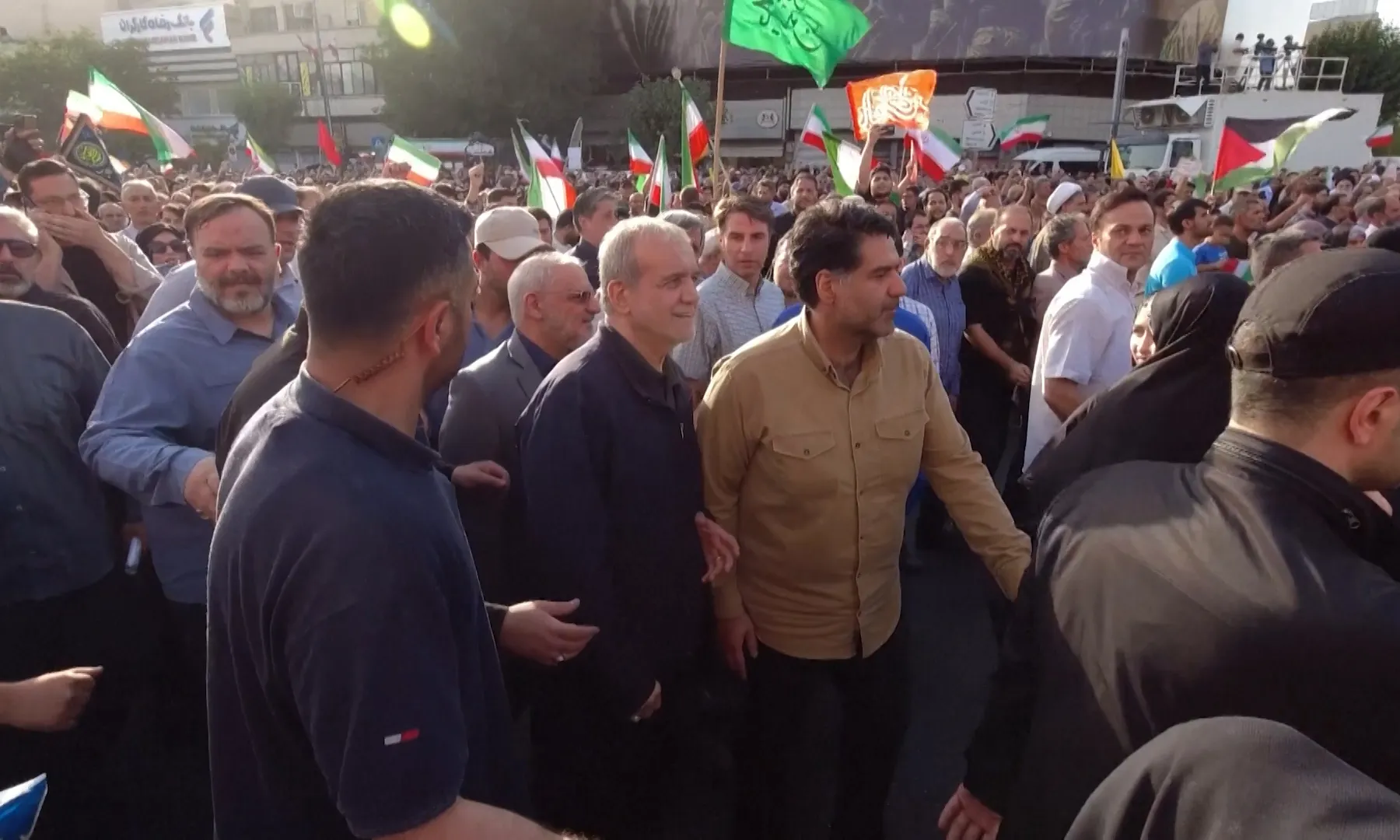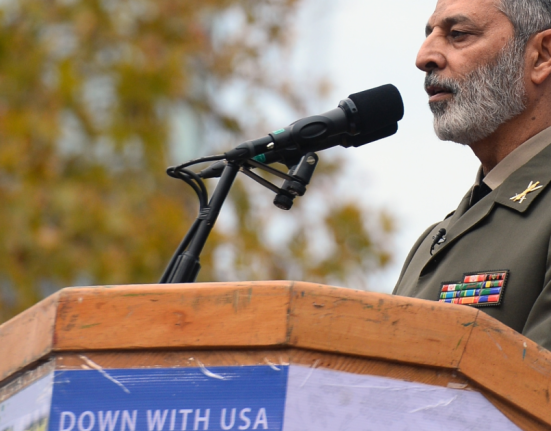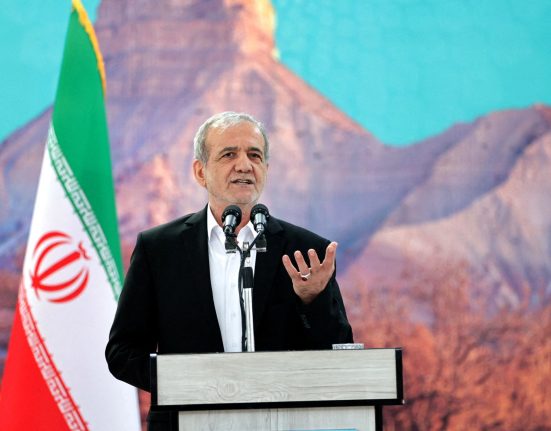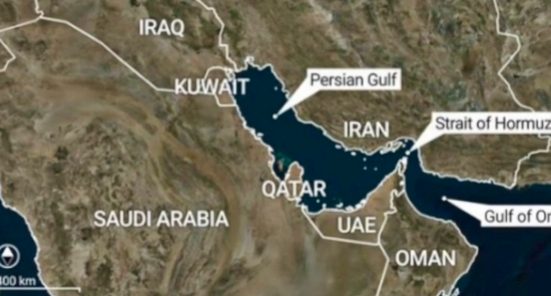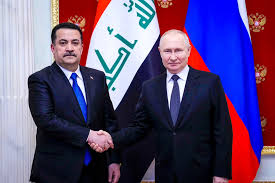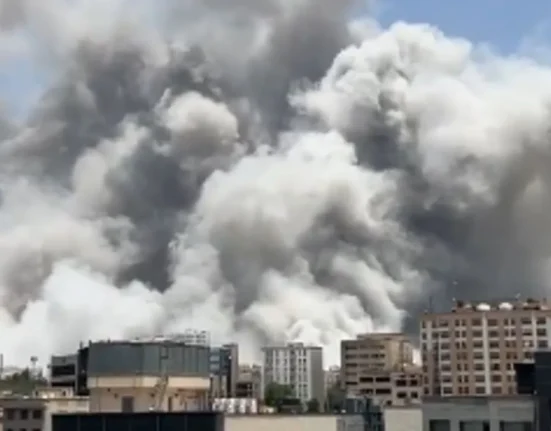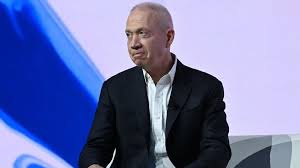Tehran, June 23, 2025 – Iranian President Masoud Pezeshkian stood shoulder-to-shoulder with thousands of demonstrators in central Tehran on Sunday, decrying recent U.S. airstrikes on Iranian nuclear sites and voicing strong condemnation of both Washington and Tel Aviv.
Waving anti-American and anti-Israeli banners, the protesters chanted “Death to America” and pledged “Revenge, revenge” in a clear show of defiance following coordinated strikes on Iran’s Fordow, Natanz, and Isfahan facilities by U.S. bunker-busting bombers and Israeli forces on June 13. In a rare display of public solidarity, President Pezeshkian joined the mobilised crowd, amplifying official outrage and warning that the United States was the driving force behind Israel’s aggression .
In his remarks, the president labelled the U.S. strikes “a clear act of aggression and violation of Iran’s sovereignty,” insisting that the Iranian people were unified and prepared to defend their nation. During a phone call with French President Macron, he stressed that “the Americans must receive a response to their aggression,” signalling Tehran’s intent to retaliate .
Sunday’s rally—and Pezeshkian’s presence—underscore a strategic effort by Iran’s leadership to show strength and unity in anticipation of escalating tensions. Although Iranian authorities have not outlined their next steps, military officials have hinted at potential responses and threatened to close strategic routes such as the Strait of Hormuz .
Why This Matters
President Pezeshkian’s public alignment with demonstrators serves both as a symbol of domestic cohesion and a clear warning to international actors. With Tehran promising retribution and diplomacy now off the table, regional observers are bracing for possible missile strikes, economic disruptions, and heightened geopolitical friction following the most significant wave of U.S. and Israeli strikes in decades.

